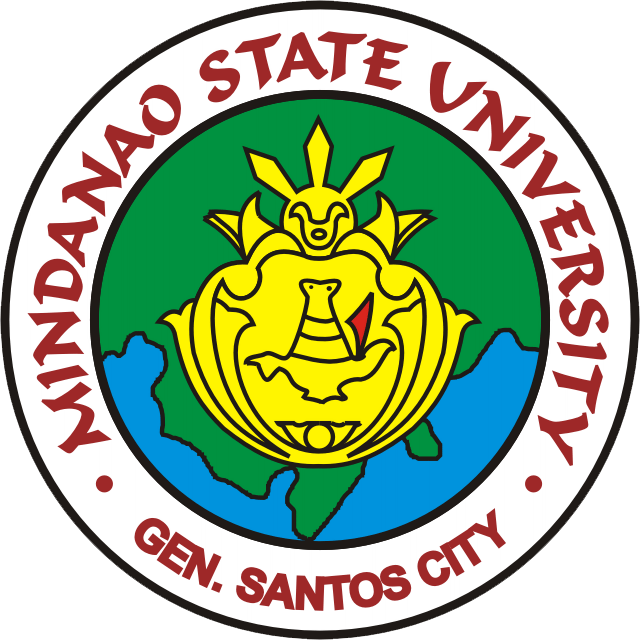The study on compensatory growth response of spotted scat (Scatopahyus argus) fingerlings in different periods of starvation and refeeding was conducted at the College of Fisheries Laboratory and Research Station (CFLRS) at Brgy. Bawing, General Santos City from December 7, 2018 to February 5, 2019. Twelve units of black net cages, measuring 1m x 1mx 1.5m were used as experimental units with stocking density of 20 fingerlings each net at 13g initial body weight. The treatments were, Treatment I (daily feeding) , Treatment II (1 day starvation and 1 day refeeding), Treatment III (3 days starvation and 3 days refeeding) and Treatment IV (5 days starvation and 5 days refeeding). After 60 days of experiment, results showed that the highest mean body weight was obtained in Treatment II (36.60g) followed by Treatment I (34.40g), Treatment III with (34.33g) and Treatment IV (30.90g). Highest mean weight gain was also recorded in Treatment II (23.6g) while the Treatment I and Il were (21.4g) and (21.3g) and lowest mean weight gain in Treatment IV (17.9g). Statistical analysis showed no significant difference among treatments means (P>0.05). Highest mean feed conversion ratio was recorded in Treatment I (2.42g) followed by Treatment If with (1.09g), Treatment III (0.97g) and the lowest FCR is in Treatment IV (0.92). Statistical analysis showed no significant difference among treatments (P>0.05). Survival rate was 100% for all treatments. Simple cost analysis showed that highest profit was recorded in Treatment II (Php 135.00) followed by Treatment Ill (Php 126.7), Treatment IV (P122.9) and Treatment I (Php 79.2). Based on the results, spotted scat fingerlings can be fed using alternate 5 days starvation and 5 days refeeding without significantly affecting fish growth performance and survival.
Author
RHEA LYNN G. LADRIDO
Abstract
SY
2019
Program
Bachelor of Science in Fisheries
Department, College
Aquaculture, Fisheries
Department
Department: Aquaculture
College
College: Fisheries
